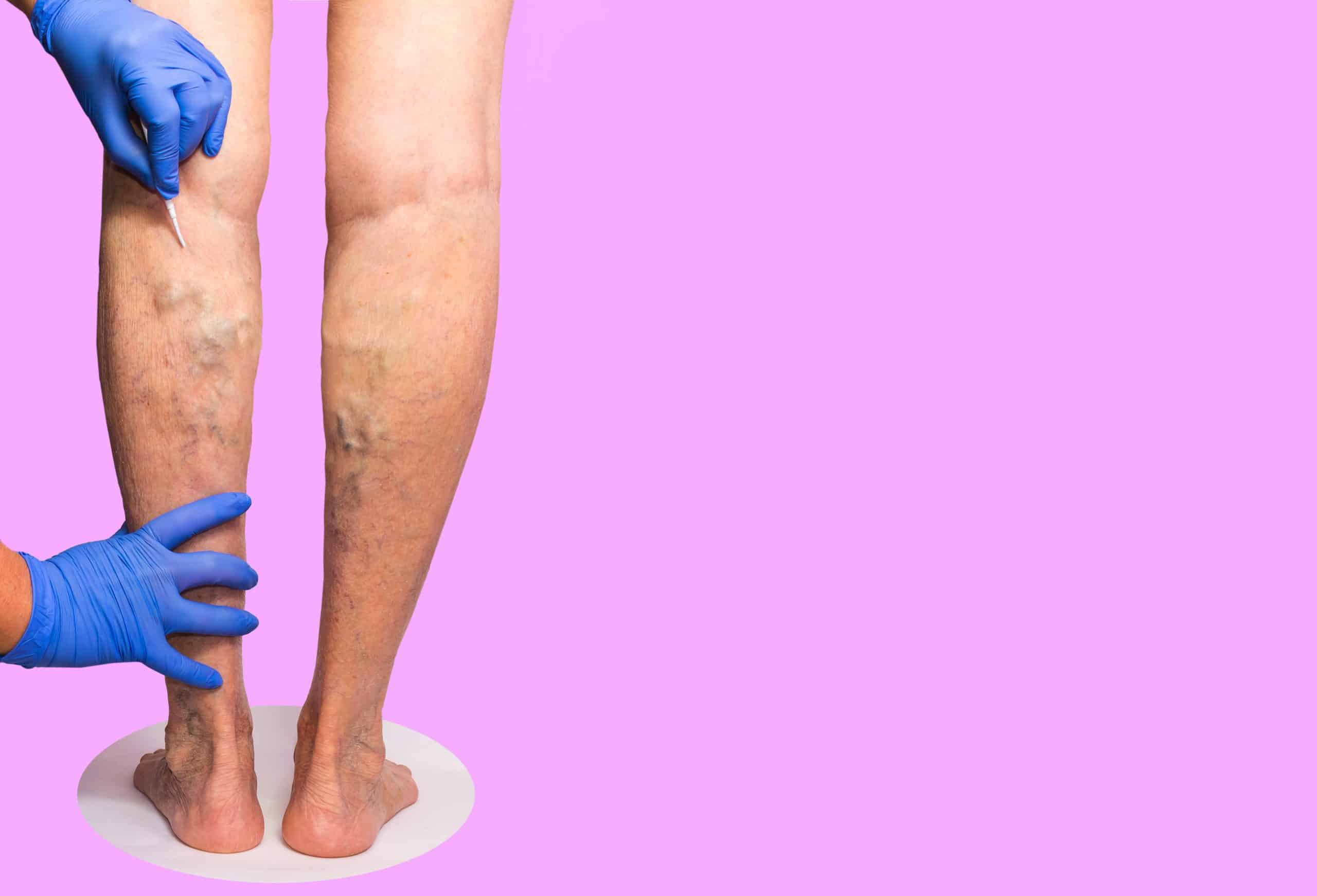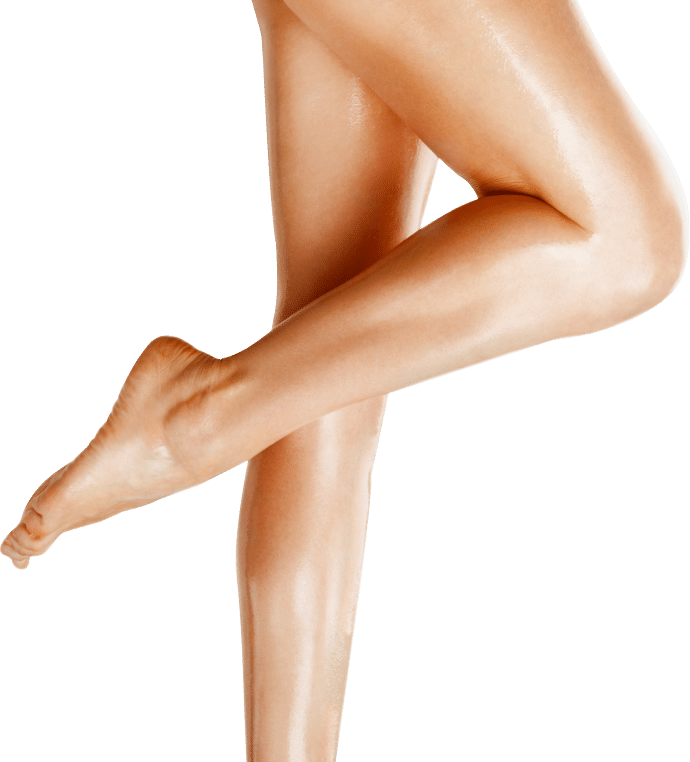How Do You Prevent Leg Cramps From Varicose Veins?
Body
Varicose veins are enlarged veins with rope-like structures. They’re usually purple or red-blue and occur beneath the skin and affect your legs and feet.
According to reliable sources, ¼ adults are affected by this varicose veins disease, and people between ages 40 and 80 are more likely to get involved quickly.
Varicose veins are caused by malfunctioning valves that cannot bring blood back to the heart because they work against gravity. But, Are varicose veins covered by insurance?
Is it worth getting varicose veins removed?
It would be best if you went for varicose veins treatment for many reasons, both aesthetic and getting rid of pain and swelling. How much does varicose vein treatment cost? If you are covered with insurance, your insurance provider will pay if you have medical treatment for varicose veins, not for an aesthetic look.

What are the Symptoms of varicose veins?
For some, varicose veins are a cosmetic concern, and no link between the appearance and discomfort occurs from them.
The large, twisted veins may cause no discomfort, while damaged veins are less visible and cause extreme pain and discomfort. In general, various signs and symptoms contribute to the overall feeling of pain and discomfort:
- Heaviness feeling, achy legs,
- Cramps
- The sense of discomfort, such as throbbing and burning
- Swelling around your ankles and in your calves
All these symptoms become more bothersome during warm days. Blood vessels tend to dilate at high temperatures, which makes it harder for valves to function correctly.
If left untreated, these symptoms progress and more pooling of blood around your ankles. A prolonged period of sitting or standing is one of the leading cause of varicose veins and result in pain and swelling.
How to get rid of varicose vein pain?
There are several ways to subsidies pain and discomfort caused by varicose veins.
Elevate your legs
You should elevate your legs above your heart to relieve the pain and swelling associated with varicose veins. You can also place your feet on the table or stretch them up a well to get the support of gravity. This will improve blood pressure and circulation toward the heart, and your valves will function effectively.
You should also stay with elevated legs for at least 15 minutes, reducing the swelling and easing the pain.

Exercise and stretch your legs
Short-term exercises such as stretching and pulling are beneficial. It would be best to flex your feet frequently, especially when you are on long trips for hours.
If you have to sit or stand for long hours, you should keep changing your position to maintain better flow.
Proper hydration and physical activity also support healthy blood circulation, so you should drink water and move around as much as possible.
With the Use of cold water
If your legs are in swelling and pain at the end of the day or when you wake up, you should shower in cold water because cold water helps your blood vessels to shrink. This should subsidies swelling and associated feelings of heaviness, as well as overall pain and legs cramps.
Conclusion
Suppose you are suffering from leg cramps and pain due to varicose veins. In that case, you should consider contacting a veins doctor to treat and diagnose your condition.
Article Source : https://www.bloggingpalace.com/who-can-provide-the-best-care-for-varicose-veins/










Comments